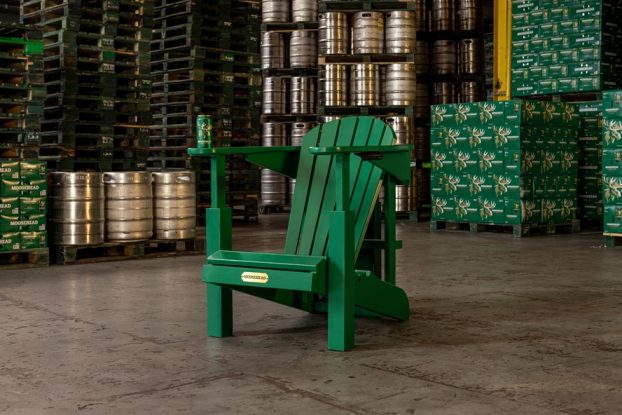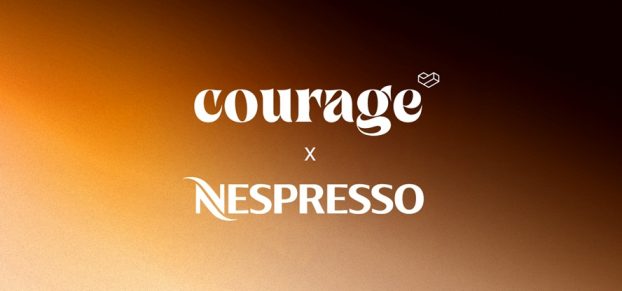It’s no surprise that a global airline from an ethnically diverse country would concern itself with multicultural marketing.
What is surprising, however, is that Air Canada has only done so since 1995, according to Angela Mah, a Vancouver-based company spokesperson.
That’s the year the Montreal-based airline launched a new route to Hong Kong from Vancouver, she says. Since the majority of the travellers on that route would be Hong Kong natives or hail from a Hong Kong family, communicating the launch in Cantonese made good business sense.
‘Since then, multicultural marketing is something Air Canada is very big on,’ says Mah, adding that the company has been devoting more resources to its multicultural marketing efforts as more Asian routes are added to its roster (there are now a total of eight destinations in Southeast Asia).
While targeted multicultural efforts have paid off for Air Canada, those gains could not have been made without first overcoming a whole host of challenges.
First of all, Air Canada had to change its name. The company name, it turned out, was impossible to communicate in Chinese characters, so Air Canada was roughly translated to Maple Leaf Airlines, a name that was changed again to Canada Airline when the company merged with Canadian Airlines.
Then there was the challenge of having to deal with the various East Asian dialects. The influx of Mandarin-speaking Chinese to Canada over the past several years, mainly from Taiwan, meant that the airline had to add another dialect to its marketing efforts. That was fine for print, where Cantonese and Mandarin use the same characters. But the radio spots were a different matter.
Apart from sounding completely different, the two dialects can’t even be easily translated from one to the other, because each has its own distinct colloquialisms, according to Sonny Wong, president and creative director for Hamazaki Wong in Vancouver, the airline’s agency of record for ethnic communications. So, when Taipei was added to the airline’s route roster, the company needed to create radio commercials in the Mandarin dialect from scratch.
Last year, there were three new route launches – Vancouver-Shanghai, Toronto-Nagoya and Toronto-Hong Kong – and each required a separate creative effort, in both print and radio, for their prospective targets, says Wong. Part of the challenge came from the fact that the majority of the audience comprised people who now lived in Canada. In other words, while the target audience had East Asian roots, it had also adopted North American habits and attitudes.
The solution was tradition with a twist – a combination of cultural icons with something that clearly communicates the promotional message and its source.
For example, the print ad for the Nagoya route featured the Japanese craft of origami. But, instead of the traditional birds or flowers usually depicted in the ancient art of paper folding, the ads showcased origami airplanes. ‘It was a traditional handicraft with Western orientation,’ says Wong.
For the Shanghai launch, the emphasis was on the city’s reputation for tailoring. Shanghai is known as China’s fashion centre, a place where a high-quality suit can be tailor made to order in 24 hours. To make the connection visual, the ad featured a Chinese pincushion on which a thread depicted the highly recognizable outline of the Shanghai province. The radio spot, meanwhile, made reference to the ‘threads’ that tie Vancouver to Shanghai.
Also in this report:
– Many not putting theory into practice: Big-name clients support multicultural marketing in theory, but are reluctant to assign the dollars p.B2
– Shuffling towards the new diversity: Who’s doing what to reach cultural groups in Canada p.B4
– Panasonic taps into Chinese community: Since many of its products are suited to that market, the company solicited original creative p.B5
– Bell Mobility targets key Chinese market: Community ‘an active and growing segment’ for the wireless service provider p.B7
– Ethnic marketing just good business for HSBC Bank p.B7























